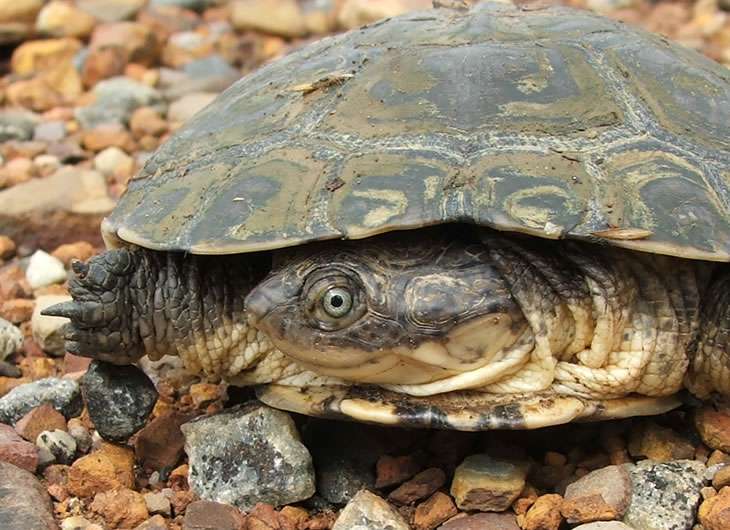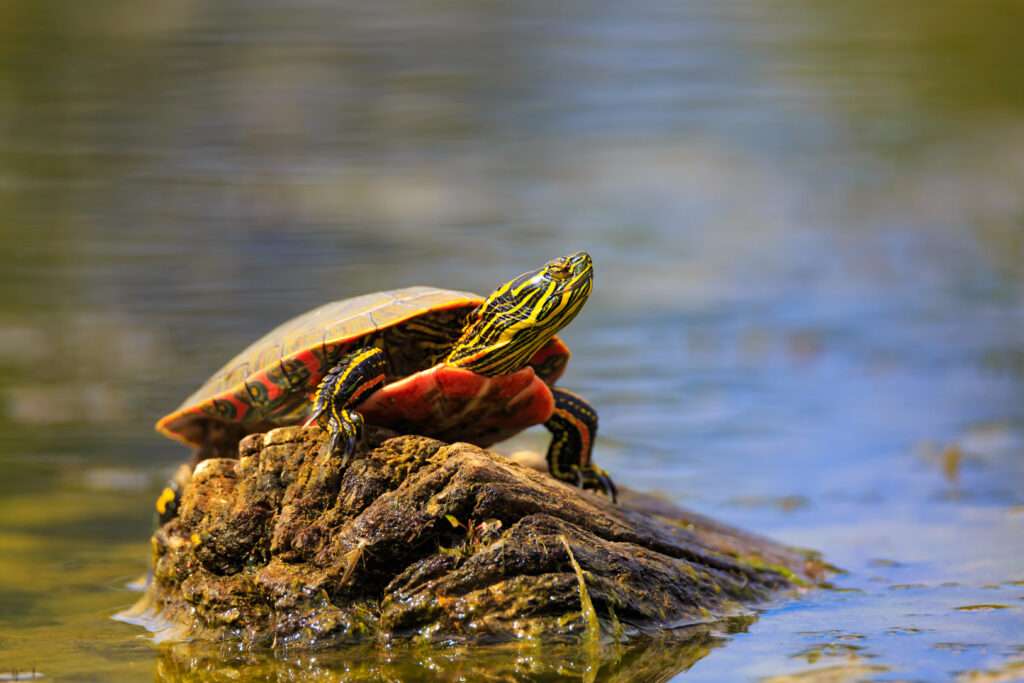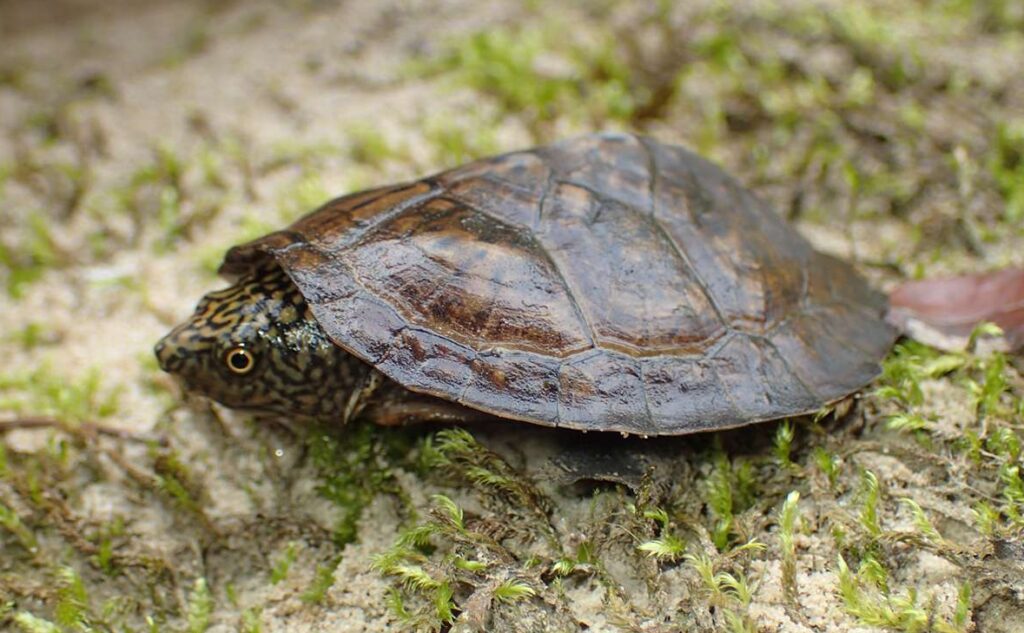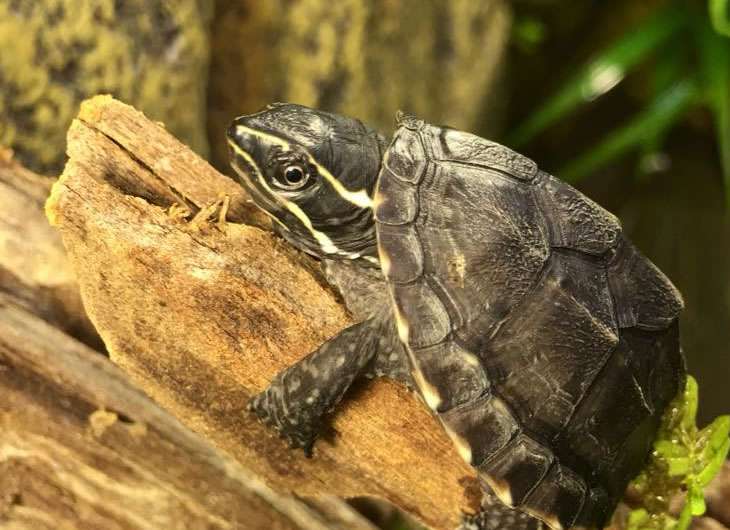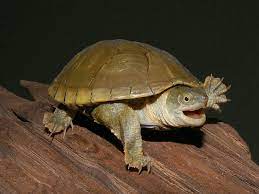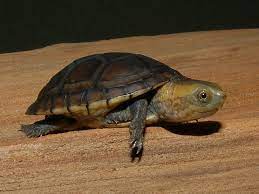African Helmeted Turtle
The African helmeted turtle is also known as the crocodile turtle, the marsh terrapin, and the African side-necked turtle. African helmeted turtles like to spend the most of their time in freshwater swamps, lakes, dams, and pans because they are a semi-aquatic species. Because of their peculiar head-tucking tendency, these turtles are favored pets all […]
African Helmeted Turtle Read More »


